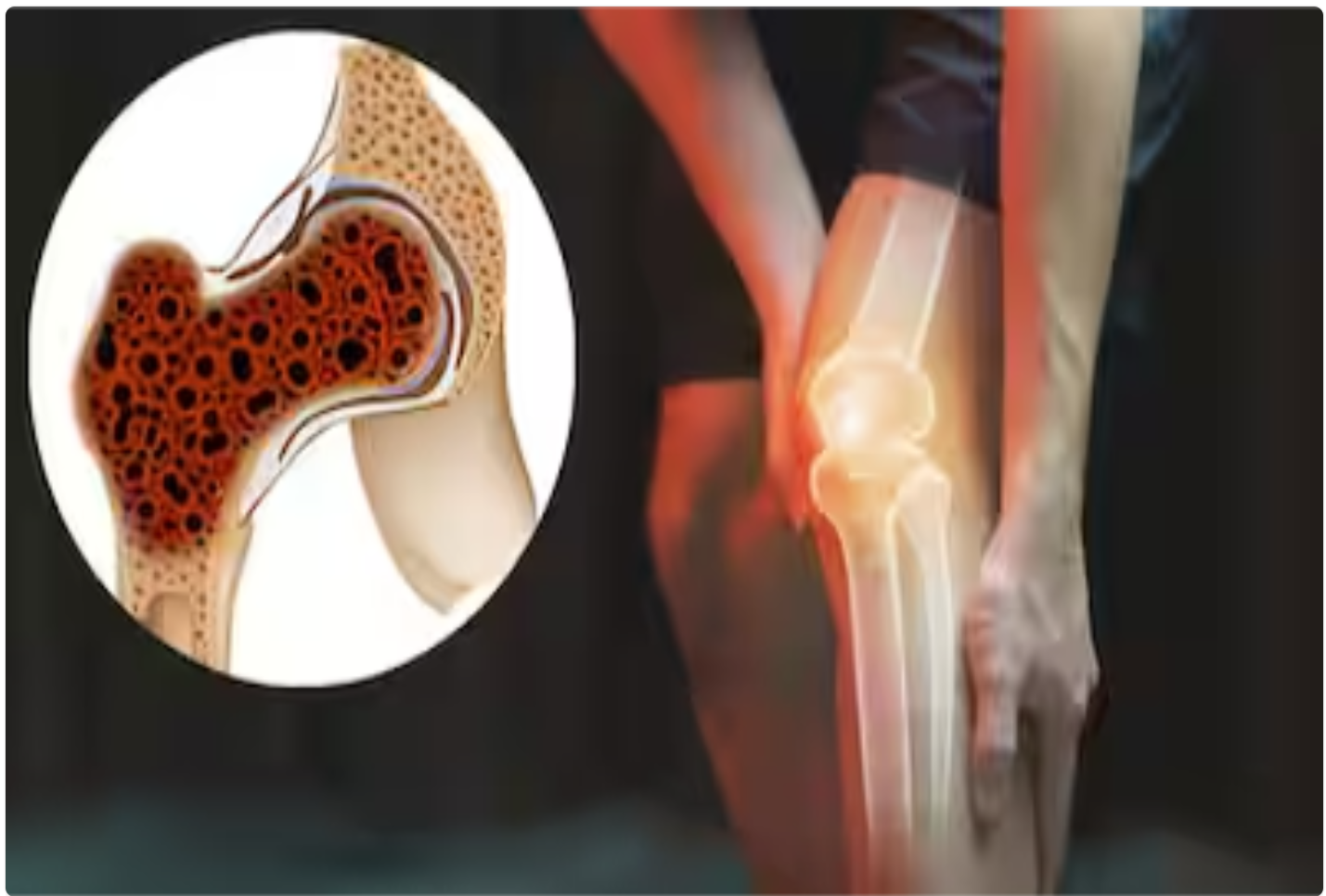Groundbreaking bone cancer treatment achieves 99% success rate
Aston University researchers have combined gallium with bioactive glass to create a material that kills 99% of bone cancer cells and promotes bone regeneration.

Osteosarcoma is one of the most common primary bone cancers, but despite decades of research and advances in chemotherapy and surgery, survival rates have not improved significantly since the 1970s. (CREDIT: CC BY-SA 3.0)
Bioactive glasses, a specialized material that can bond with tissue and improve the strength of bones and teeth, are now showing promise as a potential treatment for bone cancer. By combining bioactive glass with gallium, researchers have developed a treatment with impressive potential to eliminate cancerous cells while regenerating diseased bones.
Aston University scientists, led by Professor Richard Martin from the College of Engineering and Physical Sciences, spearheaded the research. Their studies have yielded encouraging results: bioactive glass doped with gallium eliminated 99% of osteosarcoma (bone cancer) cells in laboratory tests. Importantly, this success was achieved without harming healthy human bone cells.
Osteosarcoma is one of the most common primary bone cancers, but despite decades of research and advances in chemotherapy and surgery, survival rates have not improved significantly since the 1970s. Worse, survival rates drop dramatically for patients whose cancer recurs. Patients with primary bone cancer are also highly prone to bone fractures due to the damage caused by both the disease and its treatment.
The key to this breakthrough lies in the nature of gallium. Though toxic in high concentrations, the researchers discovered that osteosarcoma cells, which are unusually "greedy," absorb gallium much more readily than healthy cells. The cancer cells essentially overdose on the gallium and destroy themselves, leaving healthy cells intact.
According to Professor Martin, "There is an urgent need for improved treatment options, and our experiments show significant potential for use in bone cancer applications as part of a multimodal treatment."
This breakthrough came after the researchers incubated bioactive glass in a fluid that simulates conditions within the human body. After seven days, they detected the early signs of bone regeneration, confirming that the material could be effective not only in destroying cancer cells but also in helping rebuild bone structure.
Related Stories
Martin noted, "When we observed the glasses, we could see the formation of a layer of amorphous calcium phosphate and hydroxyapatite on the surface of the bioactive glass particulates, which indicates bone growth."
While bioactive glass has long been researched for its potential in bone tissue engineering, there has been limited study on its use for targeted cancer treatment. This makes the recent findings all the more exciting. Previously, Professor Martin’s team achieved a 50% success rate in killing osteosarcoma cells using a similar method, but while promising, that figure was not high enough to consider the treatment viable.
However, with the 99% success rate demonstrated in their current study, the team is hopeful that bioactive glass doped with gallium could become a key tool in the fight against bone cancer.
In terms of the mechanics behind the glass itself, the researchers created these specialized glasses by rapidly cooling molten liquids heated to over 1450°C. This rapid cooling forms glass, which is then ground and sieved into tiny particles, ready for use in treatment. This technology not only targets the cancer cells but also delivers a localized treatment that reduces side effects compared to traditional cancer treatments like chemotherapy.
The study has been published under the title "Multifunctional Gallium-doped Bioactive Glasses: A Targeted Delivery for Antineoplastic Agents and Tissue Repair Against Osteosarcoma" in the journal Biomedical Materials. The paper outlines how the gallium-doped glasses function as both a targeted delivery system for cancer treatment and a tool for regenerating damaged bone tissue.
While the results are promising, the researchers acknowledge that further testing is needed. Dr. Lucas Souza, a research laboratory manager at the Dubrowsky Regenerative Medicine Laboratory at the Royal Orthopaedic Hospital in Birmingham, worked on the project alongside Professor Martin.
He commented, "The safety and effectiveness of these biomaterials will need to be tested further, but the initial results are really promising. Treatments for a bone cancer diagnosis remain very limited, and there's still much we don't understand. Research like this is vital to support the development of new drugs and methodologies for treatment options."
This research is particularly significant in light of the limited options currently available for bone cancer patients. Traditional treatments, such as chemotherapy and surgery, come with severe side effects and often fail to prevent cancer recurrence. The gallium-doped bioactive glass offers a localized treatment that could one day become a more effective and less invasive option for patients, while also reducing the likelihood of relapse.
Looking ahead, the team hopes to secure additional funding to advance their research into clinical trials. If successful, this treatment could revolutionize the way bone cancer is treated by not only targeting and killing cancer cells but also by promoting the regrowth of healthy bone tissue. This dual approach could be particularly beneficial for patients facing the devastating effects of both the cancer itself and the treatments currently available.
Professor Martin and his team remain hopeful that their discovery could lead to a much-needed breakthrough in bone cancer treatment. "We believe that our findings could lead to a treatment that is more effective and localized, reducing side effects, and can even regenerate diseased bones," Martin said. With further research and successful trials, this could become a life-changing option for many patients.
Note: Materials provided above by The Brighter Side of News. Content may be edited for style and length.
Like these kind of feel good stories? Get The Brighter Side of News' newsletter.
Rebecca Shavit
Science & Technology Journalist | Innovation Storyteller
Based in Los Angeles, Rebecca Shavit is a dedicated science and technology journalist who writes for The Brighter Side of News, an online publication committed to highlighting positive and transformative stories from around the world. With a passion for uncovering groundbreaking discoveries and innovations, she brings to light the scientific advancements shaping a better future. Her reporting spans a wide range of topics, from cutting-edge medical breakthroughs and artificial intelligence to green technology and space exploration. With a keen ability to translate complex concepts into engaging and accessible stories, she makes science and innovation relatable to a broad audience.



